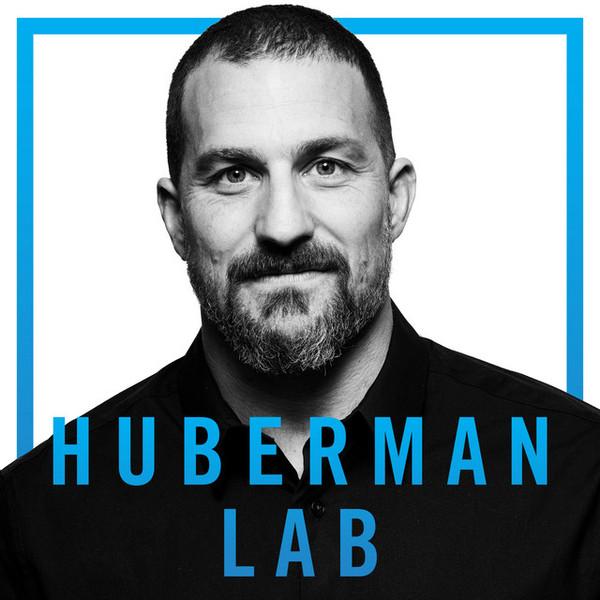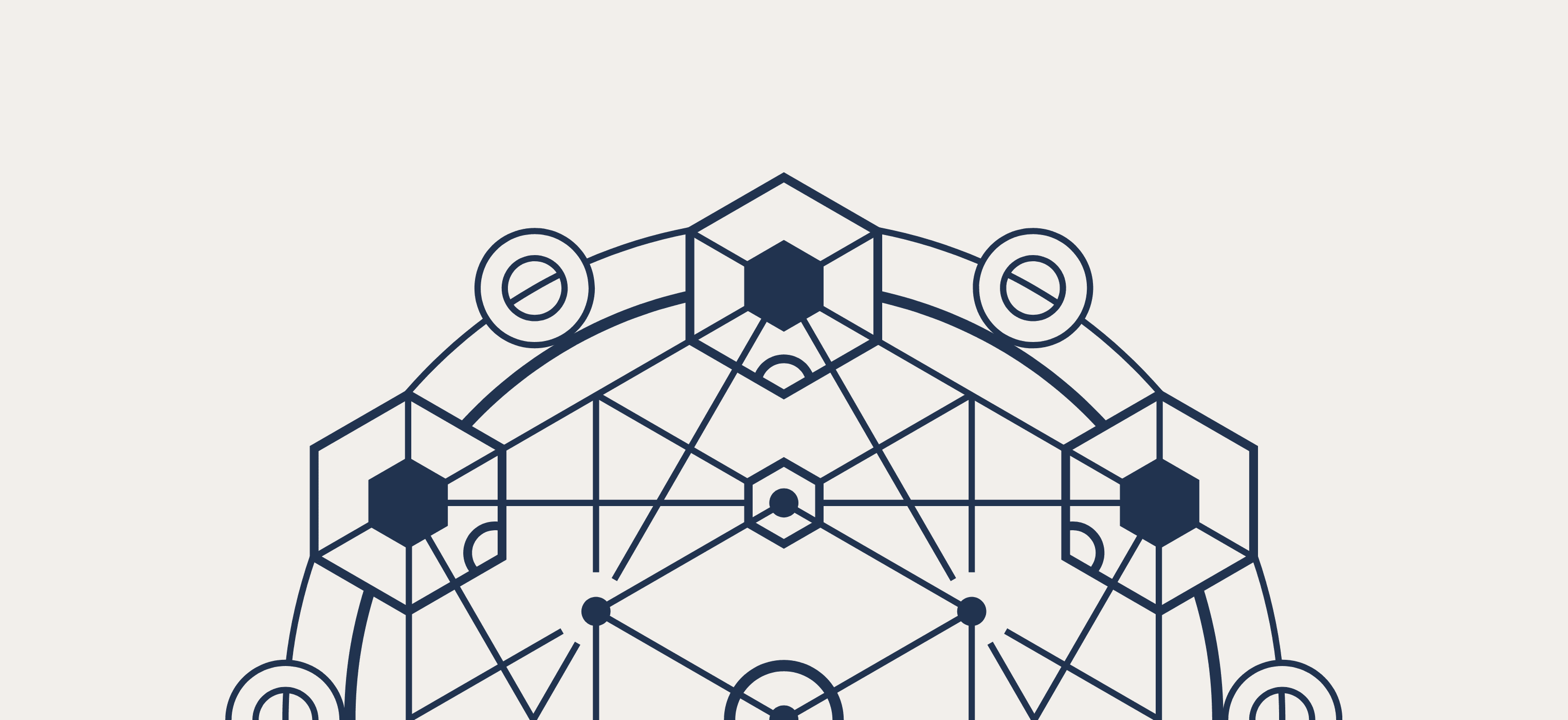How to Focus to Change Your Brain — Episode #6
Curated from: Huberman Lab
Ideas, facts & insights covering these topics:
5 ideas
·5.78K reads
45
1
Explore the World's Best Ideas
Join today and uncover 100+ curated journeys from 50+ topics. Unlock access to our mobile app with extensive features.
Mechanisms of Neural Plasticity
Neural plasticity involves strengthening and weakening connections between neurons in the brain in response to experiences. This is governed by key neurotransmitters like acetylcholine and epinephrine, which are released when we pay close attention. Early in life, neural plasticity occurs readily in response to experiences, but after age 25, it requires conscious effort and specific conditions to be activated.
73
1.4K reads
Accessing Neural Plasticity
To activate neural plasticity as an adult, three key factors are required: alertness, focus and rest.
- Alertness: This can be achieved through motivation, emotion, caffeine, or a good sleep schedule.
- Focus: Learning to focus visual attention is key. Staring at a fixed point without blinking for 1–2 minutes can increase focus and release acetylcholine.
- Rest: Both non-REM sleep and non-sleep deep rest help consolidate learning from focused periods. A 20-minute rest after learning can aid memory formation.
96
1.19K reads
Protocol for Harnessing Neural Plasticity — Part 1
For learning and self-improvement, Huberman recommends:
- Identifying when you are most alert and focusing learning during those times.
- Practicing 90-minute focused learning periods within your ultradian cycles, with breaks in between. Start gradually and don't expect full focus at first.
- Using visual focus techniques to activate acetylcholine release. This could be staring at a fixed point or reducing peripheral vision.
- Taking 20-minute non-sleep deep rest periods after focused learning. This could involve lying down with eyes closed and no sensory input.
86
1.1K reads
Protocol for Harnessing Neural Plasticity — Part 2
- Prioritizing high-quality sleep for memory consolidation after focused learning.
- Considering the use of supplements or medications to boost acetylcholine in moderation and under medical guidance.
- Balancing intense focus with mindless, repetitive activities that activate the reward system, like walking, running, or cycling.
76
1.04K reads
How to Focus to Change Your Brain — Key Takeaways
- Neural plasticity allows us to learn, adapt and improve at any age but requires effort after early development.
- Releasing acetylcholine through visual focus techniques can activate plasticity for learning.
- Practicing focused attention for learning in alertness periods, followed by rest, enhances memory and brain change.
- A balanced approach of focus, rest, sleep, and mindless repetition aids self-improvement.
73
1.04K reads
IDEAS CURATED BY
I share the best ideas from books, podcasts, and daily discoveries. Join me in learning something new every day.
CURATOR'S NOTE
The podcast focuses on discussing neural plasticity, or the brain's ability to change in response to experience. Dr. Huberman provide an overview of the mechanisms involved in neural plasticity, how to access it at different stages of life, and protocols to harness it for learning and self-improvement.
“
Similar ideas
7 ideas
17 ideas
5 ideas
Read & Learn
20x Faster
without
deepstash
with
deepstash
with
deepstash
Personalized microlearning
—
100+ Learning Journeys
—
Access to 200,000+ ideas
—
Access to the mobile app
—
Unlimited idea saving
—
—
Unlimited history
—
—
Unlimited listening to ideas
—
—
Downloading & offline access
—
—
Supercharge your mind with one idea per day
Enter your email and spend 1 minute every day to learn something new.
I agree to receive email updates

